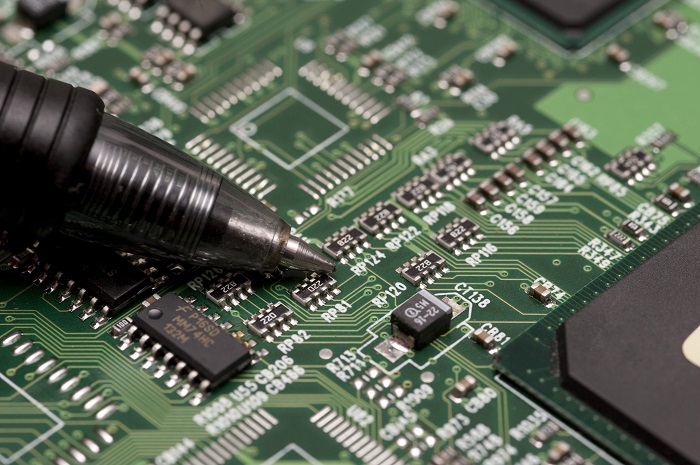Analog Signature Analysis, is a unique technology that eliminates the failure of electronic circuit boards when power is turned off when repair electronic PCB board;

It uses scanning waveforms (because the sine wave has a small harmonic component and the signal is stable, AC sine waves are generally used), which is applied to both ends of the electronic circuit board of the device without power, and the device is displayed on the monitor display (such as the oscilloscope CRT and computer monitor) corresponding MVI line (analog curve).
Analog Signature Analysis provides a safe, low-power scanning drive voltage signal to each pin of the component in order to generate an impedance characteristic map and display it on the CRT, and it can be stored for comparison.
Because all tests are performed statically (without power), components are not harmed. It can not only quickly scan and store the VI curve graph of each pin of various integrated circuits (ICs), but also be effective for various discrete components such as resistors and capacitors.
One of the fault troubleshooting methods for electronic printed circuit boards that is still widely used in the past and now is to determine whether the components associated with the node have a port-type fault by measuring the impedance of the circuit node to ground with a multimeter.
What is the range of the impedance of a node of a circuit board indicating a fault and what range indicates that there may be a fault, which is completely determined by the user based on experience.






